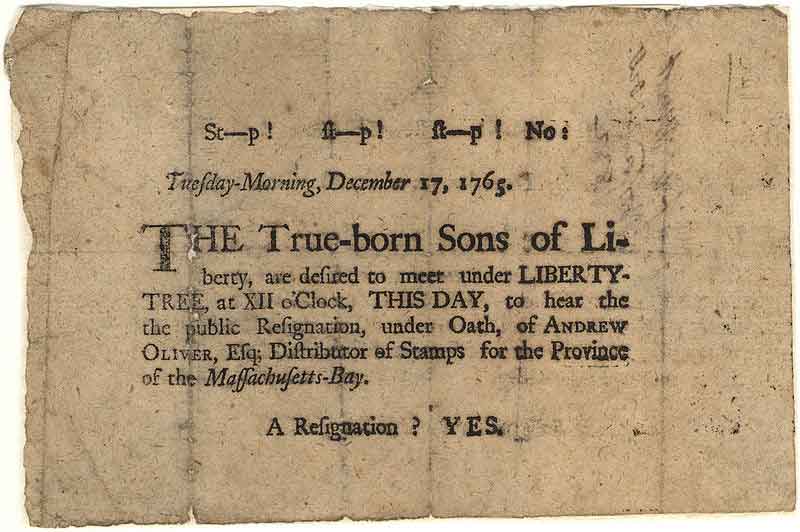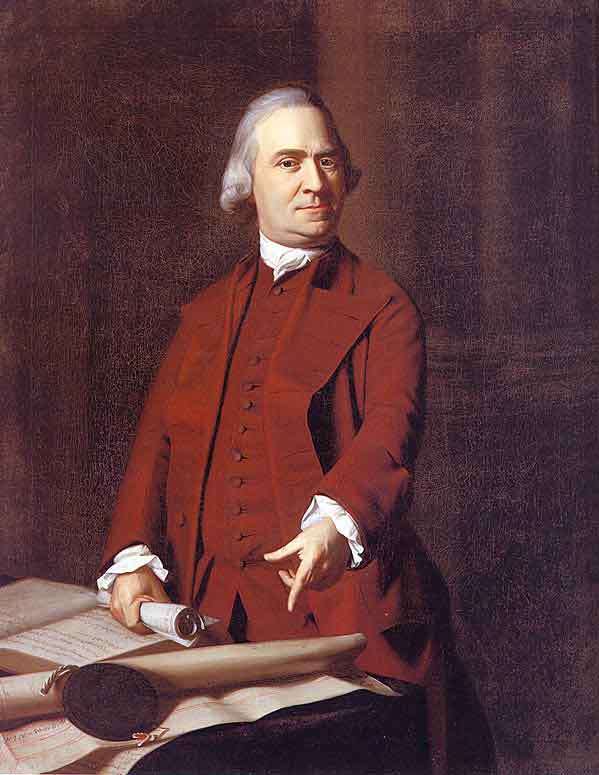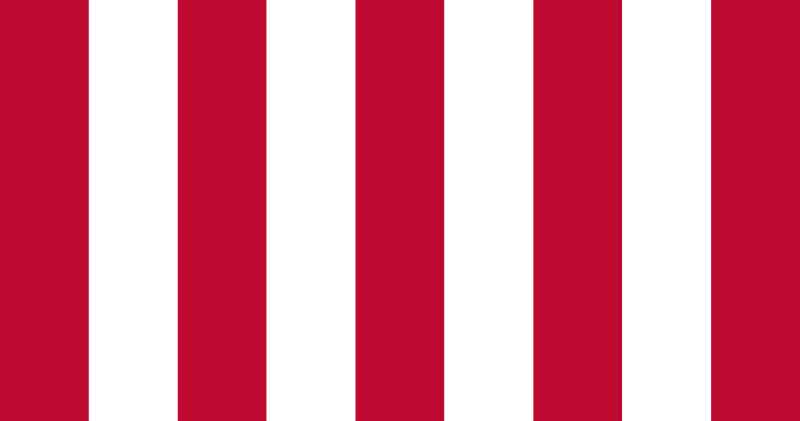It was 1765 when everything started. It was another year of suffering for the Colonists suffering under the wrath and dominance of the British army. One day, a very controversial rule known as the Stamp Act of 1765 was established on all the colonies of British America. It stated that most printed materials must be published on the stamped papers made in London, and they even had proceeds stamps on each of them.
Reborn
On top of that, the tax required must be paid in the accepted British currency, not the currency used by the colonies. The apparent purpose of the tax was to pay for the British troops’ service after their victory on the Seven Year’s War. The British people were certainly happy for having this law established; unfortunately, the American colonies were certainly not smiling about it. That was the time when certain groups, after tolerating years of British oppression, had suddenly appeared and gathered. And after being christened by Sir Isaac Barré – an Irish man who became one of the champions of American rights, the group was reborn as the Sons of Liberty.
The
Sons of Liberty
was an underground faction that sought to protect and fight for the American cause. It all began when the British Empire rose as one of the most feared powers in the world. After having conquered countries like France, the hands of the Empire finally reached America, where they decided to provide workplaces for their armed forces and almost ten thousand men. If that wasn’t bad enough, the British forces had planned to fund this by collecting unnecessary taxes. And due to this and the lack of representation of the Colonists in the Parliament, the “no taxation without representation” was conceived.
Many groups since then had appeared, the most known of which was the Boston Caucus Club. But the true highlight of the controversies was the Stamp Act of 1765. Every person in the colonies was enraged, and a selected few redirected this hatred by forming the Sons of Liberty. The chief founder of the said cause was a man named Samuel Adams. The conquerors soon after faced a series of threats, violent acts, and mass demonstrations.
Activities
The first known activity of the Sons of Liberty occurred on the 14th of August, 1765, when an effigy of Andrew Oliver, the next candidate to be the Distributor of Stamp for Massachusetts, was hung on a tree on Newbury Street. This figure also had a big boot and a scary demon springing out of it. This was actually a symbol orchestrated by the Sons of Liberty in order to show the wicked link between Andrew Oliver and the Stamp Act.
Local officers were ordered to remove the effigy; shockingly, none of them did what they were told, out of fear that the raging crowd that appeared ahead of them would kill them if they did. They moved on to his main house, and after the villagers looked out of their windows to view the stirring commotion the crowd proceeded to behead the figure they made while the others stoned Andrew’s house.
The angry mob then went on to Fort Hill where they created a bonfire to burn the Andrew Oliver effigy in flames. Some ransacked the abandoned home of Oliver. The next morning, everything was quiet. It seemed that the leaders and most of the British Army remained silent about the night’s events.
By years end, members of the Sons of Liberty appeared in the colonies. All people had continued their efforts in an attempt to coerce the British to stop selling their stamps. Since then, other groups have exercised similar and more radical methods of protest. Many bands tried to boycott the British goods and merchandises, aside from the stamped papers. A cluster of the Sons of Liberty had set ablaze the written records of the vice-admiralty court and pillaged the house of Thomas Hutchinson, a chief justice of that time.
Elections
During local elections, many candidates that helped contribute to the Stamp Act lost due to their support for the act. It wasn’t also apparent to all the authorities that most members of the Sons of Liberty were actually news publishers and printers. They made perfect use of their positions by spreading propaganda through articles in news publications that describe the actions and movements of the Sons of Liberty.
Even though only five of the seven literary works were published, news had already scattered like wildfire throughout the nearby states. That marked the newly-formed collaboration of the states. The chain of uprisings on New York and Connecticut that started on November of 1765 still continued up to January of 1766 in Newport, Rhode Island, New Hampshire, and March of 1766 in New Jersey, Virginia, Norfolk, North Carolina, South Carolina, Georgia, and Maryland. The states were soon to be included in the nine-striped flag that the Sons of Liberty was famous for.
Word about the Sons of Liberty continued to spread, many British officials trembled and hid in order to be spared. However, many instances, some were unkind to the people. January 19, 1770 marked the Battle of Golden Hill, where many casualties fell on the Colonists’ side due to the reaction of the army on the “liberty poles” they had put up. On June 10, 1771, the HMS Gaspée, a British ship docked on Rhode Island, was burned down, further spreading the infamy of the faction. When the East India Company reeled in boats with contained boxes of tea, numerous colonists boarded it and threw the boxes into the Boston Harbor, immortalizing the legendary Boston Tea Party.
What transpired during the 1770s has led to the American Revolution. The actions taken by the Sons of Liberty had definitely sparked something in the formerly complacent Colonists to fight for their rights in order to bring forth the eventual unity of the states.


